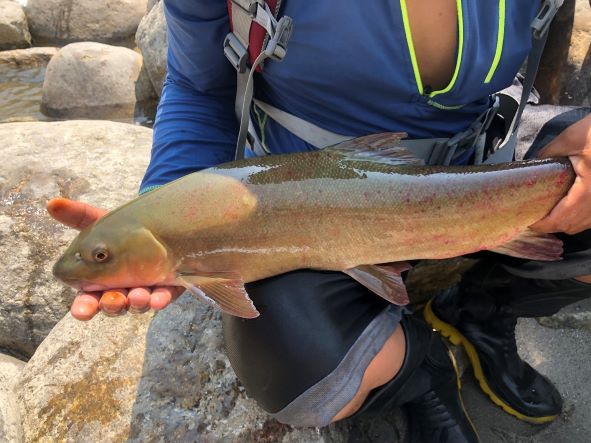Fish species richness and its relationship with elevation in the eastern Himalayas of Bhutan
Keywords:
Aquatic ecosystems, conservation, elevation gradient, longitudinal structure, species richnessAbstract
Bhutan located within the Eastern Himalayas is defined by steep and high mountains with elevations ranging from 200 – 7,570 meters above sea level. The region also serves as a stronghold of endemism and hotspot for biodiversity. Fishes in the montane region, are at an elevated risk of climate change impact due to their specific adaptations to local conditions. The situation is further exacerbated as water resources in the region are being developed through numerous anthropogenetic activities. Thus, understanding the factors responsible for establishment and maintenance of rich fish biodiversity is crucial for prioritizing conservation efforts. We examined the relationship between patterns of fish species richness and elevation within Bhutan major river systems. Data from 59 randomly selected stations ranging from small headwater streams to large rivers across five major and two minor drainages were examined. We found that fish species richness showed strong negative association with elevation, suggesting that more species are encountered in lower elevation streams/reaches and fewer are encountered with increasing elevation. Our study therefore sheds light on the need to prioritize conservation and management measures for aquatic biodiversity in Bhutan particularly, in protecting lower elevation reaches with higher diversity.

Downloads
Published
License
Copyright (c) 2022 Bhutan Journal of Animal Science

This work is licensed under a Creative Commons Attribution 4.0 International License.





